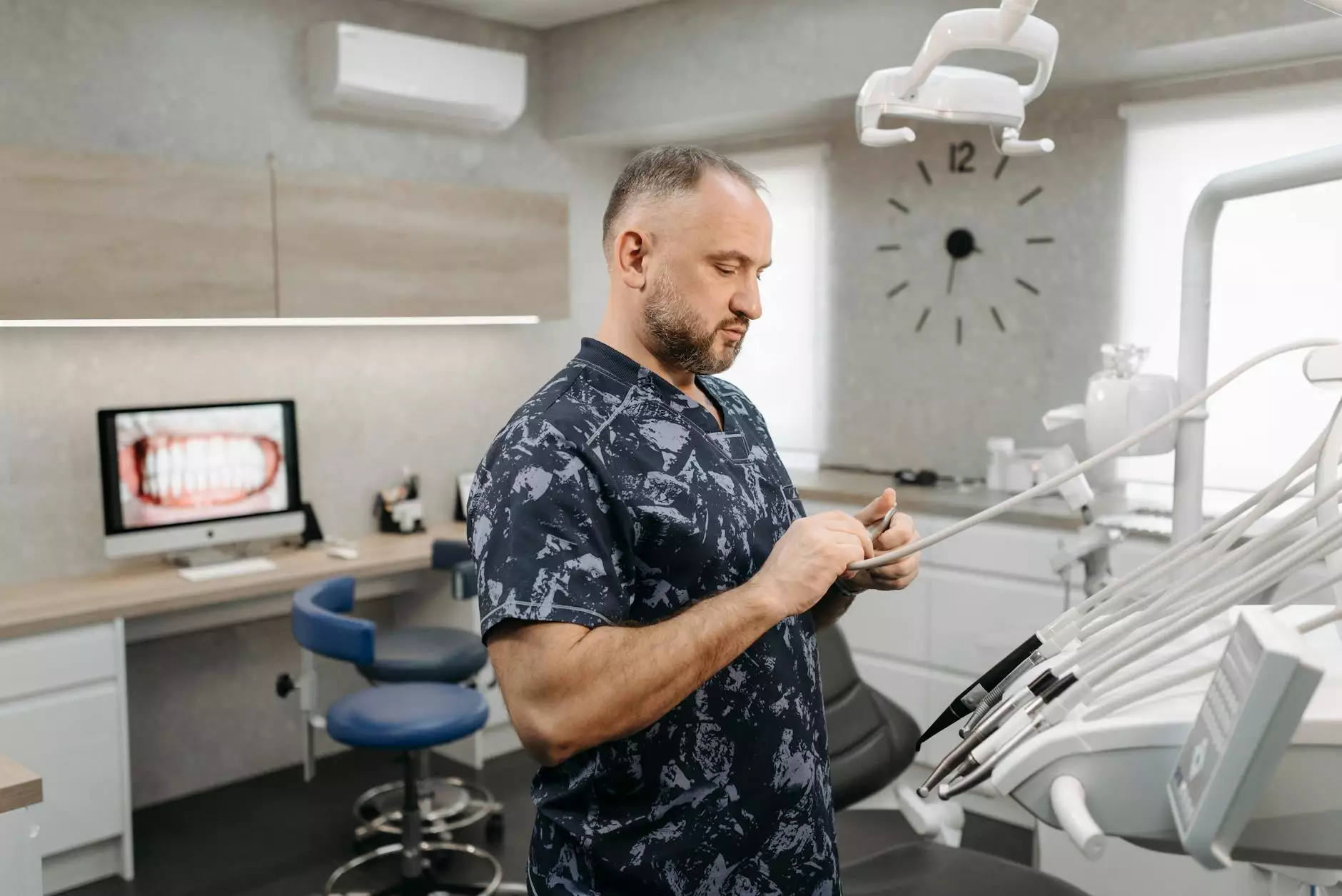Understanding Vaginal Hysterectomy Risks

When considering a vaginal hysterectomy, patients often find themselves weighing the benefits against the potential risks involved in the procedure. As a significant surgical intervention, a vaginal hysterectomy involves the removal of the uterus through the vagina. This article provides an in-depth analysis of the vaginal hysterectomy risks, aiming to inform patients and assist them in making educated decisions regarding their health.
What is a Vaginal Hysterectomy?
A vaginal hysterectomy is a surgical procedure used to remove the uterus through the vagina. This type of hysterectomy is often preferred for its minimally invasive nature compared to abdominal hysterectomies. By avoiding an external incision, many patients experience less pain and quicker recovery times. However, understanding the associated risks is crucial.
Reasons for Vaginal Hysterectomy
There are numerous reasons why a doctor may recommend a vaginal hysterectomy:
- Uterine fibroids: Noncancerous growths that can cause discomfort and heavy bleeding.
- Endometriosis: A painful condition where uterine tissue grows outside the uterus.
- Uterine prolapse: When the uterus slips from its normal position into the vaginal canal.
- Abnormal bleeding: Chronic heavy or irregular bleeding that cannot be managed by other treatments.
Vaginal Hysterectomy Procedure Overview
The procedure typically involves the following steps:
- Anesthesia: Most procedures are performed under general or regional anesthesia.
- Incision: The surgeon makes incisions in the vaginal wall to access the uterus.
- Removal: The uterus is carefully detached from surrounding tissues and removed through the vagina.
- Closure: The incisions are then stitched up, often requiring no external sutures.
Potential Risks of Vaginal Hysterectomy
While many women benefit greatly from a vaginal hysterectomy, it is essential to be aware of the potential vaginal hysterectomy risks, which can include:
1. Infection
Infections can occur after any surgical procedure. Symptoms may include fever, increased pain, or discharge at the incision site. Preventive measures, such as antibiotics, may be administered before the surgery to minimize this risk.
2. Bleeding
There is a risk of excessive bleeding during or after the procedure. In some cases, this may require a blood transfusion. Surgeons take care to identify and control any bleeding during surgery.
3. Injury to Surrounding Structures
The proximity of the uterus to other organs means there is a possibility of unintentional injury during the procedure. This can include:
- Bladder damage: May require additional surgical intervention.
- Bowel injury: Rare but serious, requiring surgical repair.
- Vascular injury: Ranging from minor veins to major blood vessels.
4. Anesthesia Complications
Some patients may experience adverse reactions or complications from anesthesia. Discussing medical history and potential allergies with the anesthesiologist is vital.
5. Blood Clots
Surgical procedures increase the risk of thrombosis. Patients should be encouraged to move their legs and follow preventive measures to reduce this risk, including wearing compression stockings.
6. Persistent Pain and Discomfort
Some women may experience ongoing pain or discomfort in the pelvic area following surgery, which can often diminish over time. However, in some cases, chronic pain may require further medical evaluation and treatment.
7. Hormonal Changes
If the ovaries are also removed during the procedure (a salpingo-oophorectomy), it can lead to hormonal changes and symptoms of menopause, including hot flashes and mood swings.
8. Psychological Impact
Undergoing a hysterectomy can have psychological impacts as well. Women may experience feelings of loss or changes in body image. Counseling or support groups can be beneficial in managing these feelings.
Post-Operative Care and Recovery
Recovery from a vaginal hysterectomy is generally faster than from abdominal surgery, but several steps are essential for a successful healing process:
- Rest: Allowing time for the body to heal is critical.
- Activity restrictions: Avoiding heavy lifting and vigorous activities for several weeks.
- Follow-up appointments: Ensuring proper healing and addressing any complications.
- Support system: Having family or friends assist during the recovery phase can be extremely beneficial.
Benefits of Vaginal Hysterectomy
Despite the risks associated with this surgery, many women choose a vaginal hysterectomy because of its numerous benefits:
- Minimally invasive: Less post-operative pain and quicker recovery times.
- No visible scars: The procedure is performed internally, leaving no external scars.
- Shorter hospital stays: Many patients can go home within the same day or the next day.
- Improved quality of life: Many women report relief from symptoms such as chronic pain, heavy bleeding, and discomfort.
Making an Informed Decision
Before proceeding with any surgical procedure, including a vaginal hysterectomy, it is vital to engage in open discussions with your healthcare provider. Consider the following:
- Understand the rationale: Know why this procedure is recommended for your specific condition.
- Weigh risks versus benefits: Assess your personal health situation alongside potential outcomes.
- Explore alternative treatments: Discuss if there are other non-surgical options available that may be appropriate.
- Ask questions: Do not hesitate to ask about anything unclear regarding the procedure, recovery, or future implications.
Conclusion
While the risks of vaginal hysterectomy are important to consider, understanding the procedure's context, benefits, and alternatives can empower patients to make informed decisions about their health. If you're considering this surgery and have further questions, reach out to professional healthcare providers or refer to drseckin.com for more information and support.
Ultimately, every woman's health journey is unique, and being informed is the first step towards better health and wellness.



